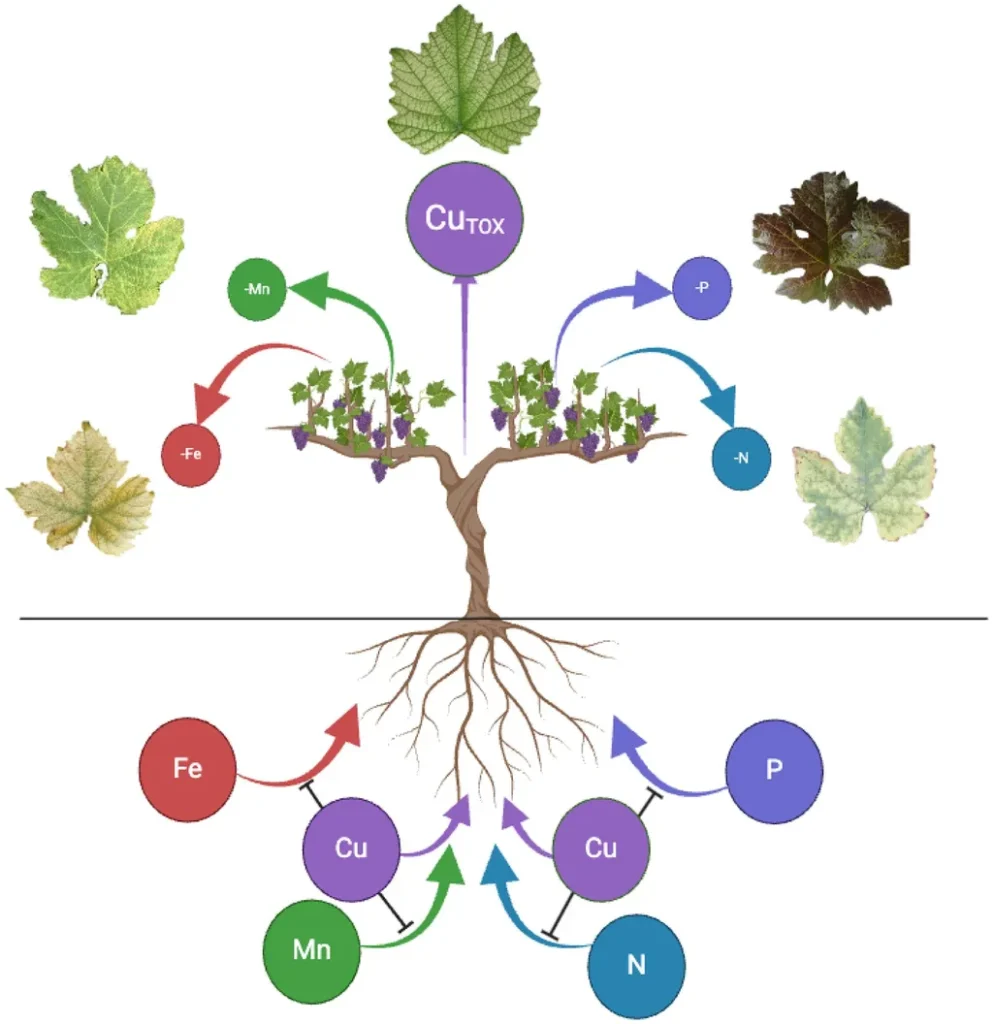In the rolling vineyards of France’s Médoc region, a groundbreaking study is reshaping our understanding of soil-plant interactions, offering promising avenues for precision viticulture. Led by Maxime Lavaud, a researcher affiliated with the University of Bordeaux and CNRS, the study combines cutting-edge geophysical and hyperspectral imaging techniques to unlock new insights into sustainable winegrowing.
The research, published in the journal ‘OENO One’ (which translates to ‘One Wine’ in English), delves into the intricate relationships between soil variability and grapevine traits, driven by factors like soil texture, hydrogeochemical gradients, and climatic conditions. “We’re seeing a significant shift in how we can monitor and manage vineyards,” Lavaud explains. “By integrating these innovative methods, we’re able to bridge the gap between soil science and plant physiology.”
At the heart of the study lies the use of hyperspectral imaging, which employs visible-near infrared (VNIR) wavelengths to estimate leaf traits such as nitrogen and water content. The results are impressive, with predictive relationships as strong as R2 up to 0.8. “This suggests that VNIR-based indices could be a game-changer for cost-effective, large-scale monitoring of grapevine physiology,” Lavaud notes.
But the innovation doesn’t stop at hyperspectral imaging. The study also employs electromagnetic induction (EMI) and electrical resistivity tomography (ERT) to reveal significant soil textural gradients. These geophysical data correlate with soil texture and grapevine traits, particularly at depths around 50 cm, aligning with primary root zones. However, the research also highlights the need to consider interannual variability, as weather conditions and phenological stages can influence correlations.
So, what does this mean for the future of viticulture? The integration of these methods provides a novel framework for linking soil and plant parameters, enhancing the spatial resolution and scalability of vineyard monitoring. “This interdisciplinary approach offers actionable insights for precision viticulture,” Lavaud says. “It’s about making data-driven decisions that can improve sustainability and resilience in the face of climate change.”
The commercial implications are substantial. By refining predictive models and expanding datasets, vineyards can optimize resource use, improve grape quality, and ultimately, enhance the bottom line. “We’re not just talking about scientific advancement,” Lavaud emphasizes. “We’re talking about practical tools that can be implemented in the field to drive sustainable practices.”
As the wine industry grapples with the challenges of a changing climate, this research offers a beacon of hope. By combining hyperspectral and geophysical data, vineyards can develop climate-resilient management strategies, ensuring the longevity and prosperity of the sector. The study, published in ‘OENO One’, is a testament to the power of interdisciplinary research, paving the way for a new era in precision agriculture and sustainable viticulture.

